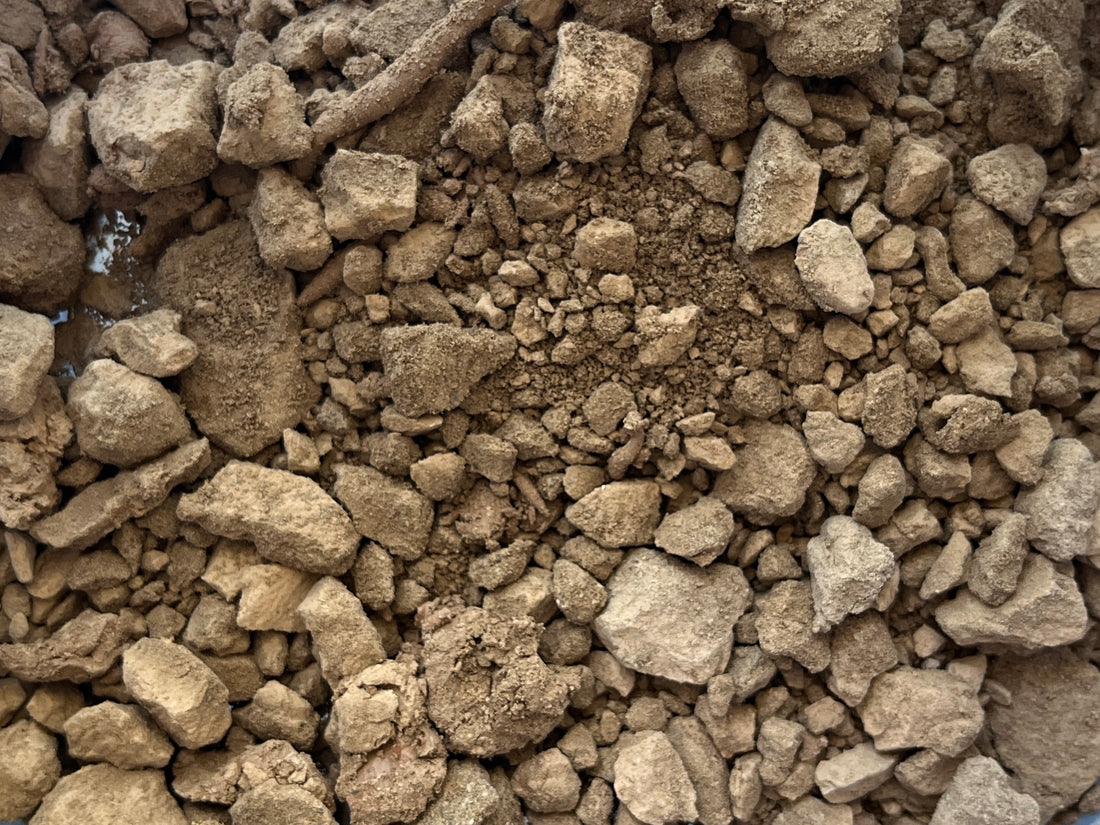
Types of clays and their temperatures
Share
There are several types of clays, and everything depends on the amount of minerals each contains; therefore, depending on the proportion, they are classified as low, medium, and high temperature.
Below, I explain each of them:
Pottery, 850º-1050º C, Low Temperature, 5% reduction
Its main or only component is clay. It has low mechanical strength (i.e., it's brittle) and is colored because clay has a high iron content.
The burning is done in an open oven (wood-fired ovens) or with a simple composition.
Majolica, terracotta and clay are examples.
Earthenware, 1100º-1150º C, Medium Temperature, 10% reduction
Blanca: A fine, porous, white paste. It can also be colored with metal oxides. It has medium strength and is used to make decorative objects for the home, such as flowerpots and lamps.
Semi-vitreous: More absorbent, more resistant than white earthenware, used for making tableware.
It is manufactured in ceramic fiber ovens (gas) and electric ovens.
Stoneware and Fine Stoneware, 1200º-1300ºC, High Temperature, 15% reduction
Opaque and impermeable paste, of variable color, with a high clay content. They are impact-resistant. They are manufactured from thick, finely detailed pieces such as floor tiles and sinks to thinner ones such as tableware.
We work in all processes: mold, casting, pressing and turning.
Porcelain, 1300º-1450º C, 16% reduction (depending on the process)
The clay it's made of is kaolin. They are white, vitrified, and absorb almost no water. They don't require glazing.
Bone china: It is translucent and so resistant that it can be thin.
It is used for very fine tableware and lamps.
Refractories, from 1400 to 1800
Heat and high temperature resistance. They have a high silica content and are hard. This is what ceramic kiln bricks are made of.
